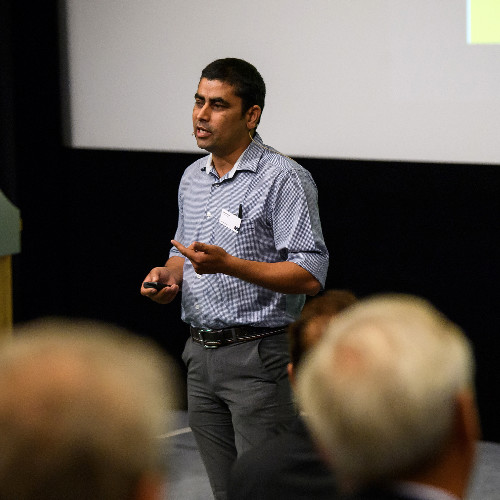Designing Beneficiary-Centric ‘Direct Benefit Transfer’ Programmes: Lessons from India – Part II
by Arshi Aadil, Lokesh Singh, Ritesh Rautela, Rridhee Malhotra and Vijay Ravi
Sep 23, 2016
1 min
This Policy Note Part II, details out the “Seven Steps of DBT Programme Design” for a robust and beneficiary centric direct benefit transfer programme.
In the previous Policy Note of this series, we discussed India’s direct benefit transfer (DBT) journey with initiatives such as Aadhaar, Socio Economic Caste Census (SECC), and payment ecosystem, which shaped the pre-requisites for a digital platform and the resultant cost savings accrued from these initiatives.
In this Policy Note we detail out the “Seven Steps of DBT Programme Design” for a robust and beneficiary centric direct benefit transfer programme.
Seven steps of DBT programme design are:
1. Decision of benefit transfer mode (Cash or Inkind),
2. Beneficiary identification,
3. Beneficiary enrolment,
4. Delivery channel decision,
5. Programme communication,
6. Pilot roll out, testing and scale-up,
7. Grievance redressal mechanism
These steps provide a road-map for all governments that are preparing to digitise payments. These steps provide a road-map for all governments that are preparing to digitise payments. It is extremely important that more thought and planning goes into programme design to ensure smooth implementation and reduce teething problems. Given the huge number of welfare programs and beneficiaries, India still has a long way to go.
 by
by  Sep 23, 2016
Sep 23, 2016 1 min
1 min




Leave comments